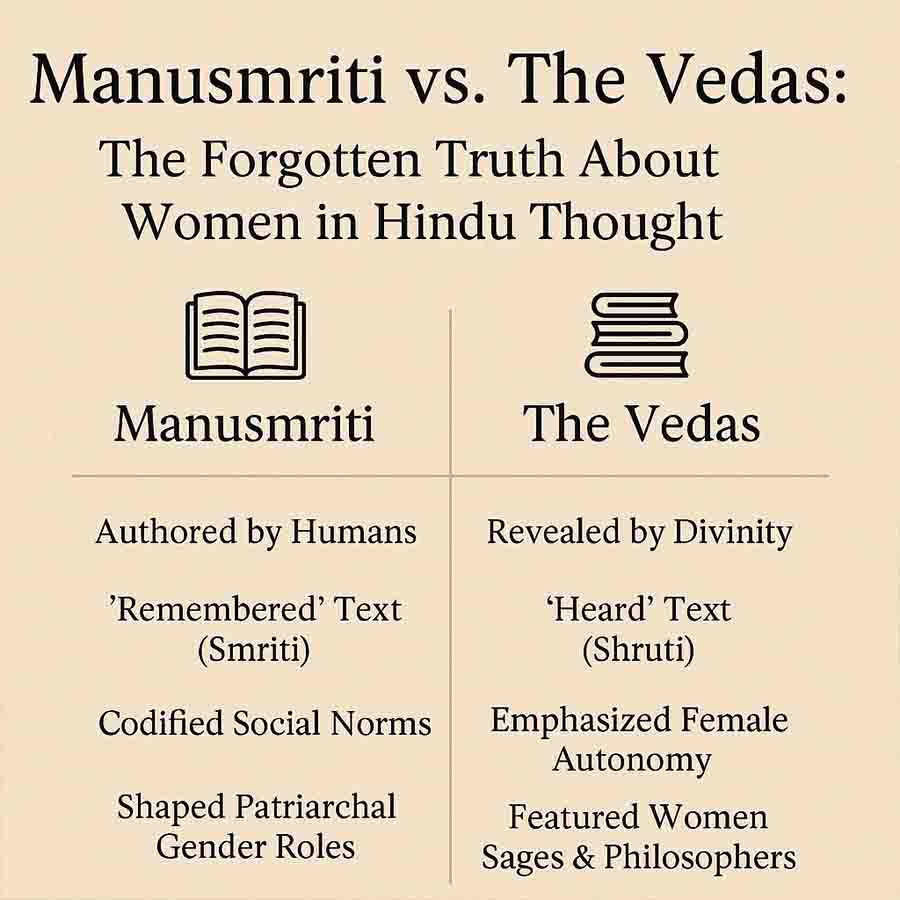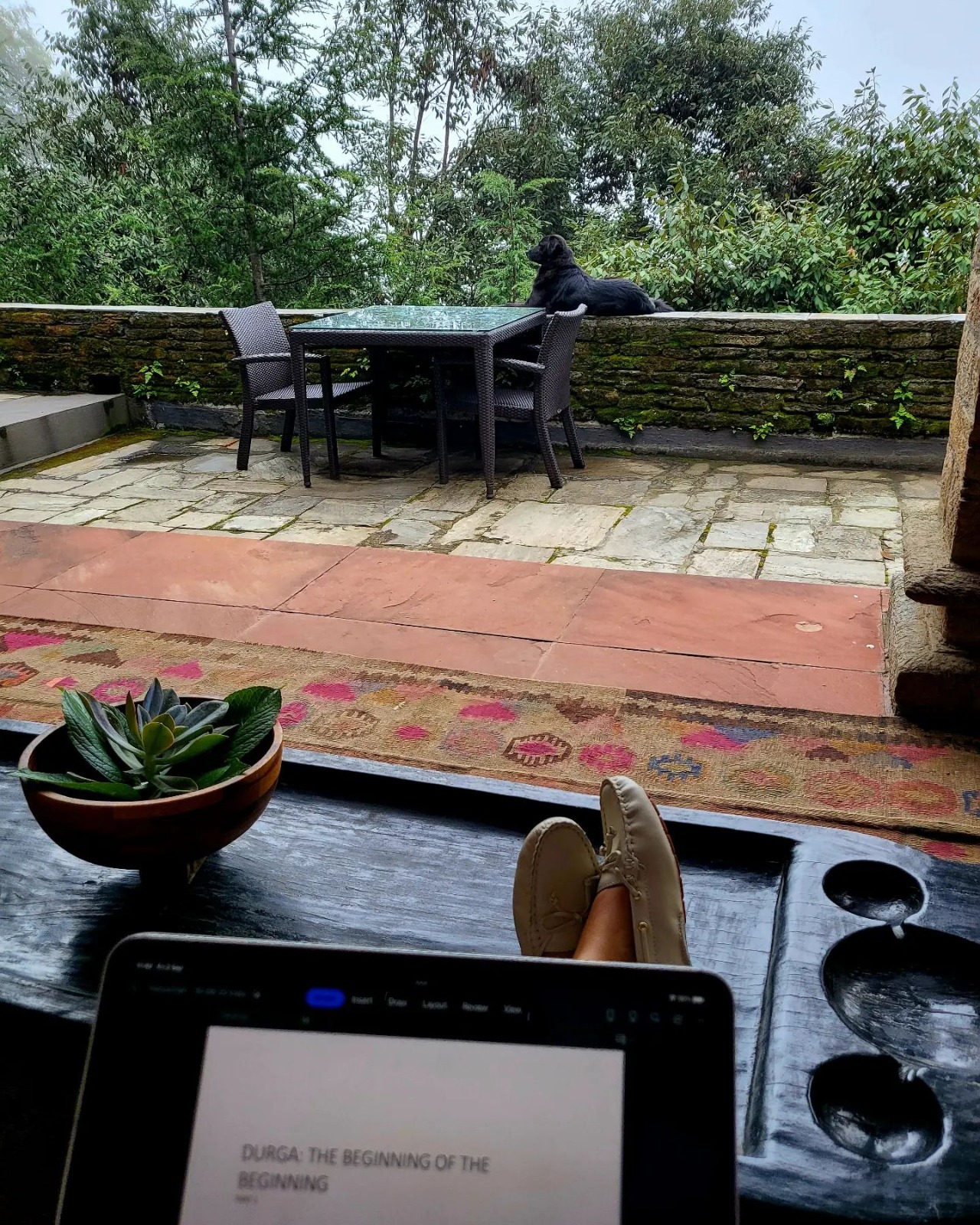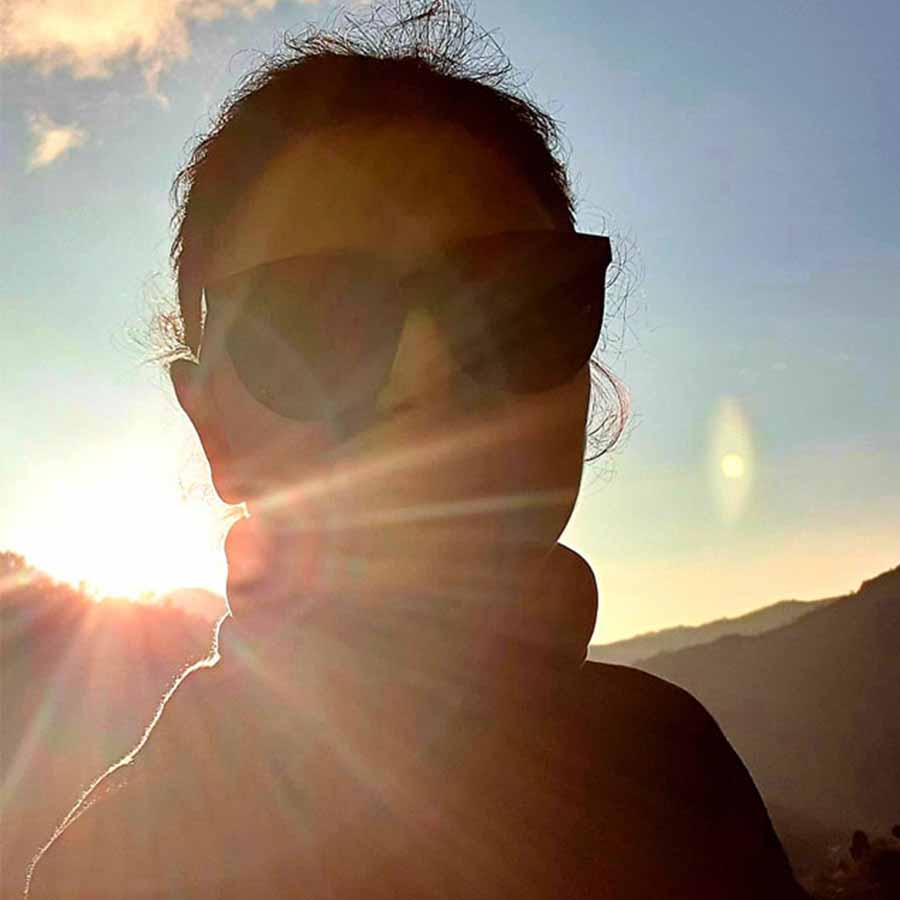“Hinduism didn’t suppress women. Society did, by following the wrong texts.”
There’s a persistent misconception these days that Hinduism, as a religion, inherently suppressed women. That it enshrined patriarchy in scripture and relegated women to the margins of thought, power and participation.
But here’s the truth:.Hinduism didn’t suppress women. Society did, by misreading its own soul. And at the heart of that distortion lies a fundamental confusion between two very different kinds of texts: Shruti and Smriti.
Shruti vs. Smriti: What Most People Don’t Know
In Hindu philosophy, Shruti (meaning “that which is heard”) refers to the eternal, divine revelations – the Vedas, Upanishads, and associated texts considered timeless and authorless. These are the spiritual bedrock of Sanatan Dharma.
Smriti, on the other hand, means “that which is remembered.” These texts, like the Manusmriti, Dharma Shastras, and Puranas are human interpretations, socio-cultural codes developed after the Vedic period to organize society. They are not considered eternal or divine. And yet, over centuries, Smriti texts overtook Shruti wisdom in shaping gender roles.
That shift changed everything socially, especially for women.
What the Vedas Really Say About Women
Go back to the Rigveda, the earliest of the four Vedas. You’ll find women not as background characters, but as seers, poets, and philosophers. Gargi Vachaknavi, Maitreyi, and Lopamudra are among the famous female Indian writers of the Vedic age — thinkers who debated metaphysics and composed hymns still preserved today.
These weren’t anomalies. In the Vedic world, girls underwent the Upanayana (sacred thread ceremony), studied in gurukuls, participated in yajnas (sacrificial rituals), and chose their own partners through Swayamvara. There were no gendered restrictions on spiritual knowledge.
The divine was not seen as male or female, Shakti and Shiva were equal, interdependent forces. The idea that a woman’s dharma was to serve her husband unconditionally didn’t exist in this era.
In fact, the Vedas upheld female autonomy as an essential aspect of cosmic order.
Enter Manusmriti: A Smriti That Distorted the Feminine
The Manusmriti, written several centuries later (c. 200 BCE–200 CE), codified a hierarchical, rigid view of society. Among its most infamous verses:
“A woman should never be independent – not in childhood, not in youth, not in old age.”
This was not Vedic wisdom. This was a sociopolitical framework responding to a changing world, authored by a school of thought, not divine voice. And yet, over time, Manusmriti came to be treated as gospel, especially during the medieval period and colonial rule, when external threats encouraged social conservatism.
It’s important to note: “Manu” the archetype in mythological Hindu stories is not the same as “Manu” of the Manusmriti. The confusion between these two has added layers of misunderstanding.
How Women Became Shadows of Shakti
While goddesses like Durga, Kali, and Saraswati continued to be worshipped in temples, real women were gradually stripped of the same autonomy that these deities embodied. The Shrimad Devi Bhagavat Purana, a later but spiritually profound text in the Shakta tradition, portrays the Goddess as the supreme force — not subordinate to any god, but the source of creation itself.
Yet the philosophies of texts like the Shrimad Devi Bhagwat Puran were often sidelined. Female Indian writers and seekers faded into the background as oral traditions dimmed and literacy became male-dominated. Even Indian mythological stories, rich with powerful female characters like Draupadi, Satyavati, and Kaikeyi, were reinterpreted through patriarchal lenses.
Reclaiming the Forgotten Truth
What we now think of as “traditional” roles for women in Hinduism are, in fact, social constructs built over centuries, not divine edicts.
To reclaim our spiritual truth, we need to return to the Vedas, to the Upanishads, to the Devi Bhagavata, and to the voices of the famous female Indian writers who shaped early Hindu thought. We need to separate Shruti from Smriti, and realign ourselves with the deeper, more expansive understanding of the feminine that lies at the heart of Sanatan Dharma.
Because Hinduism never asked women to shrink themselves. Society did – by listening to the wrong texts, and forgetting the right ones.
Closing Reflection
It’s time we remember what was forgotten. Not by rejecting tradition, but by reconnecting with its truest form.
The Shakti that birthed the cosmos still pulses within every woman who writes, speaks, questions, creates, and reclaims her place in the sacred narrative.
Let’s bring her voice back to the forefront, not just in temples, but in texts, classrooms, boardrooms, and every space she once lit with wisdom.




